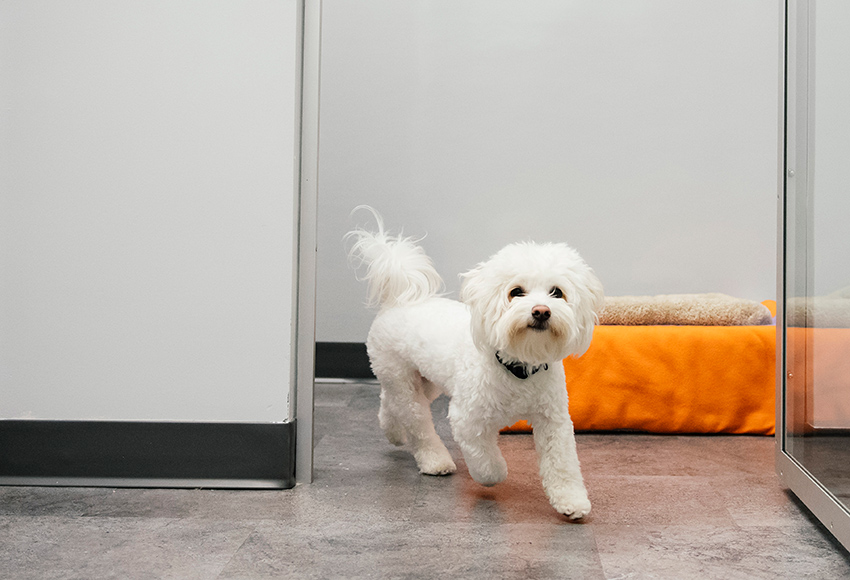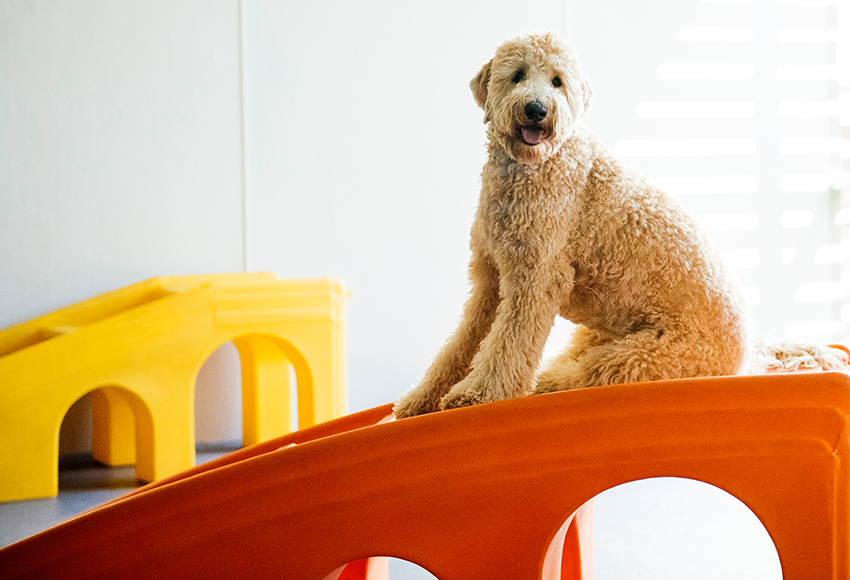Understanding Dog Panting: Why It Happens and What It Means
July 8, 2024

Dog panting is a common behavior that serves various purposes, from cooling down to expressing excitement. While often seen as a routine part of a dog’s life, understanding the nuances of panting can help pet owners differentiate between normal and potentially concerning patterns. Panting primarily helps dogs regulate their body temperature, especially since they lack sweat glands similar to humans. However, excessive or unusual panting can sometimes indicate underlying health issues or stress.
The Basics of Dog Panting
Panting is an essential and natural behavior in dogs, primarily serving as a mechanism to regulate body temperature. Unlike humans, dogs do not have sweat glands distributed across their bodies to cool down. Instead, they rely on the following methods:
- Rapid, shallow breathing: By increasing their breathing rate, dogs can enhance the evaporation of moisture from their tongue and respiratory tract, which helps to dissipate heat.
- Evaporation from the tongue: As dogs pant, the air passing over their moist tongue aids in cooling the blood, which circulates back into their body to reduce overall temperature.
- Heat exchange in the respiratory system: The moist surfaces within the dog’s respiratory tract facilitate efficient heat exchange, helping to lower their body temperature.
Panting is most commonly observed in situations where the dog needs to cool down quickly, such as after vigorous exercise, during hot weather, or when they are excited or anxious. Additionally, certain breeds, particularly those with shorter snouts like Bulldogs and Pugs, may pant more frequently and intensely due to their unique anatomy, which can make breathing less efficient.
In summary, panting is a vital and normal function for dogs, enabling them to maintain a safe body temperature and stay comfortable in various environmental conditions.
Differentiating Normal and Abnormal Panting
While panting is a natural cooling mechanism, it’s essential for pet owners to distinguish between normal and abnormal panting. Normal panting typically occurs after physical activity, excitement, or exposure to warm temperatures. It is characterized by a consistent and regular breathing pattern that subsides once the dog cools down or calms.
However, certain signs can indicate that panting is abnormal and may point to underlying health issues. These signs include:
- Excessive panting at rest: If your dog pants heavily even when not physically active or exposed to heat, it might be a sign of distress.
- Changes in breathing pattern: Irregular, labored, or unusually rapid panting can signal respiratory or cardiovascular problems.
- Accompanying symptoms: Look for additional symptoms like coughing, wheezing, lethargy, or changes in gum color (such as pale or blue gums), which can indicate serious health issues.
- Pain or discomfort: Dogs in pain or experiencing discomfort may pant excessively. Conditions such as arthritis, injuries, or abdominal pain can cause this behavior.
By being vigilant and observant, pet owners can identify when their dog’s panting deviates from the norm. Recognizing these differences is crucial for early detection and intervention, potentially preventing more severe health problems. If you notice any of these abnormal signs, consulting with a veterinarian is essential to ensure your dog’s well-being.
When to Seek Veterinary Help
It’s crucial to monitor your dog’s panting patterns and recognize when veterinary intervention is necessary. Persistent, excessive panting, especially if it occurs at rest, can be a sign of serious health issues. Here are some situations where immediate veterinary help is warranted:
- Signs of distress: If your dog is panting accompanied by drooling, pacing, or restlessness, it might be experiencing heatstroke or another acute condition.
- Difficulty breathing: Labored or noisy breathing, wheezing, or gasping along with panting can indicate respiratory or cardiac problems.
- Physical symptoms: Symptoms like coughing, vomiting, diarrhea, or changes in gum color (pale, blue, or bright red) suggest that panting may be linked to a systemic issue.
- Unexplained chronic panting: If your dog pants excessively without an apparent cause such as exercise or heat, it could point to underlying issues like pain, anxiety, or metabolic disorders.
Early detection and treatment of these conditions are vital for your dog’s health. Regular check-ups with your veterinarian can help identify potential issues before they become serious. If your dog’s panting seems abnormal or if you observe any of the signs mentioned, consult your veterinarian immediately. Proactive care can make a significant difference in your dog’s quality of life and overall health.
Keeping Your Dog Healthy and Comfortable
Understanding the reasons behind your dog’s panting and recognizing when it might be a sign of distress is crucial for their health and happiness. Normal panting helps dogs cool down and manage their body temperature, but abnormal panting can signal underlying issues that need attention. By being attentive to your dog’s panting patterns and seeking veterinary care when needed, you can ensure they stay healthy and comfortable.
For dog owners in Fort Myers and nearby areas, ensuring your pet’s health is paramount. If you have concerns about your dog’s panting or overall health, don’t hesitate to consult with professionals. Book an appointment with Dogtopia of Fort Myers for comprehensive care. Visit Dogtopia of Fort Myers to schedule your appointment today.






